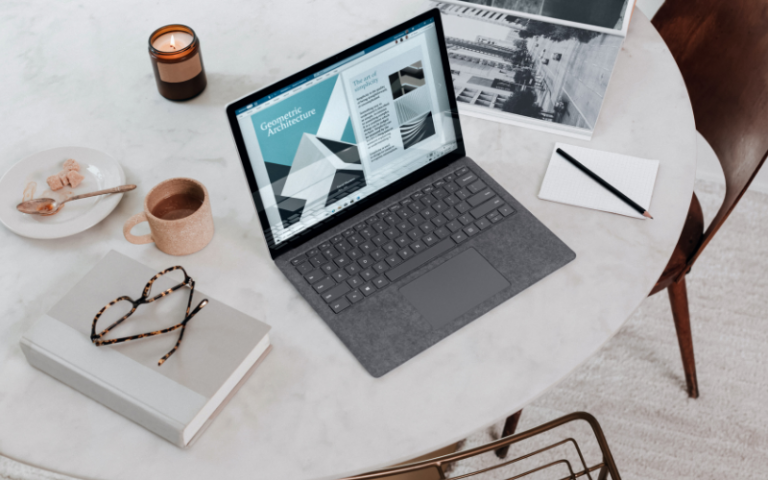Learning online with asynchronous material
18 November 2020
While we physically distance ourselves from one another, UCL has adopted a Connected Learning approach, where most teaching takes place online, but your learning continues to be active and collaborative.

Asynchronous materials are learning resources provided for you to use or complete at a time that suits you, for as long as you like. Your academic team provide asynchronous content so you can make the most of live sessions with them; you can consult this material in advance of a session so you are ready to ask any questions, or you might follow-up on a tutorial or workshop by completing activities that check your understanding of the material covered in that session.
Although a lot of the academic material you would access during a normal year, e.g. books and journal articles, is ‘asynchronous’, there will be a greater variety available this year, such as video alternatives to live lectures.
Here, we’ll explore some of the basic ways you can get the most from this material.
Taking notes
However you’re taught this year, taking effective notes is an important and fundamental academic skill. Throughout your studies, you'll be reminded to "write with the reader in mind". When you're taking notes, you are that reader!
Taking notes should help you to:
- Improve or refresh your understanding as you put new concepts and ideas into your own words.
- Condense knowledge into something you can easily revisit later.
- Support you during your revision.
If your notes are confusing to navigate or missing key information, you’ll have to work a lot harder to get back on track.
The aim is not to write down everything – your notes should briefly and succinctly record your understanding of, and perspectives on a topic.
There are some highly structured approaches to taking notes at university, such as the Cornell note-taking system, in which you take notes, summarise what was covered and develop a series of key points or questions that act as a study guide to refer to.
Other ways to take notes include mind-maps, line diagrams, or clusters of ideas, in which basic information is noted down and can be followed up or expanded upon later. These kinds of note-taking methods can be performed by hand or using digital tools.
Learning from video
Learning from video brings many advantages. Taking notes from a live speaker can be challenging, but with a video you can revisit a point as many times as you need to, and move at your own pace when taking notes.
Remember, note-taking isn’t about creating a personal transcript of the full recording. In most cases you should find that a transcript is available, and your note-taking can really focus on improving your understanding of the topic.
When watching a video, try to:
- Pick a note-taking technique and stick to it!
- Choose a time and place where you can concentrate and listen without being interrupted.
- Get used to listening carefully and watch out for signposting language from the speaker: statements like “I will now demonstrate three ways that...”. These can flag significant points to note down.
- Be active and make decisions about what it is and isn’t important to add to your notes.
- Consider watching a video once, taking notes, and revisiting the next day while it’s fresh in your memory. Getting some rest between viewings means you’ll have time to incorporate the main points into your long-term memory and you’ll know what points to pay attention to in a second viewing.
- Where possible, turn on captions and/or read the transcript provided. Reading and listening can aid understanding and remembering content.
- Ask yourself whether you would be able to use your notes to explain the main points of the video to a person who has not seen it.
Overall, try to limit the amount of time you spend watching videos. Aim for a maximum of 12 – 15 minutes. Your attention span will probably start to flag after about 10 minutes, so watching a video for longer than that may not be productive. At the same time, while you can rewind and revisit key points, don’t do this too much as it can take up a lot of your time.
Working through asynchronous exercises
Alongside material like journal articles, book chapters, and videos, there may be a range of asynchronous activities to complete as part of your core learning each week.
These might be multiple choice quizzes, open questions that you complete by yourself or discussion forum tasks with your peers. The purpose of these is to activate and deepen your understanding of the material explored as part of that topic. Completing them can also better prepare you for any live classes and help develop learning relationships between you and your classmates.
Further resources
The LinkedIn Learning course Learning Study Skills includes guidance on improving reading and note taking skills.
The Open University’s ‘Note-taking techniques’ resource offers an expanded range of practical ideas for note-taking.
The Connected Learning at UCL course offers a practice exercise for note-taking from a video, and a case study reflection from a fellow student.
 Close
Close

